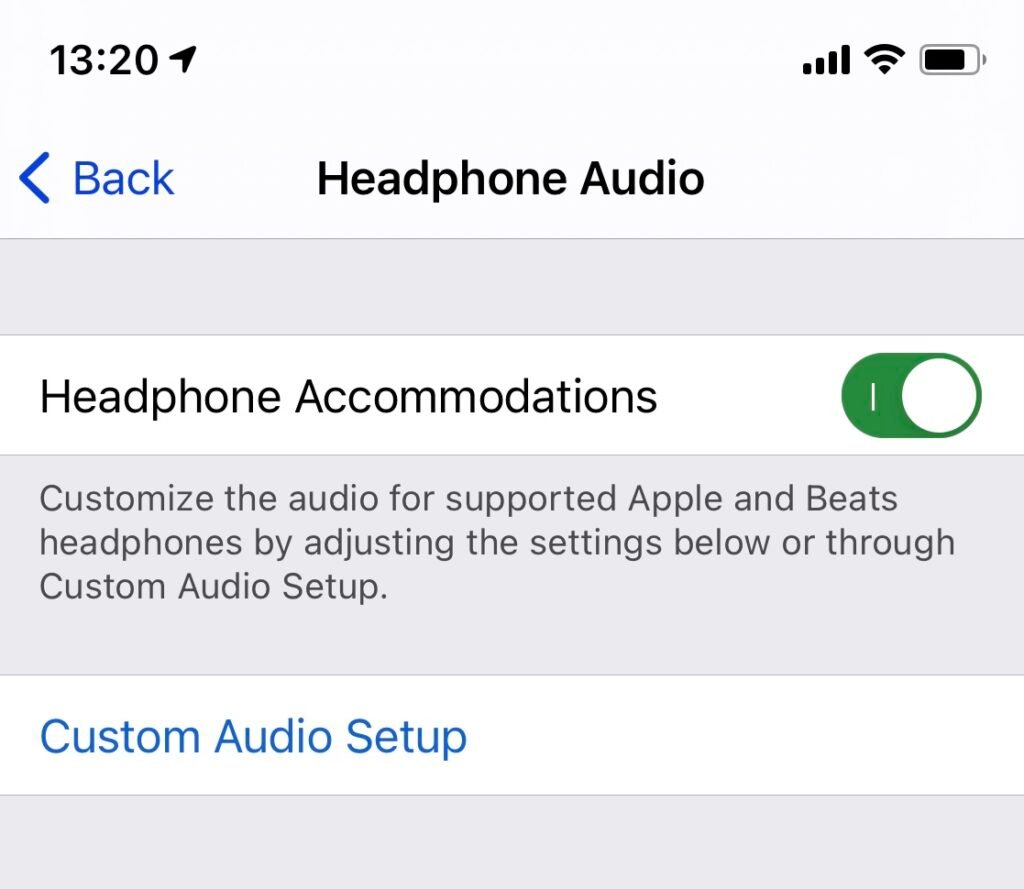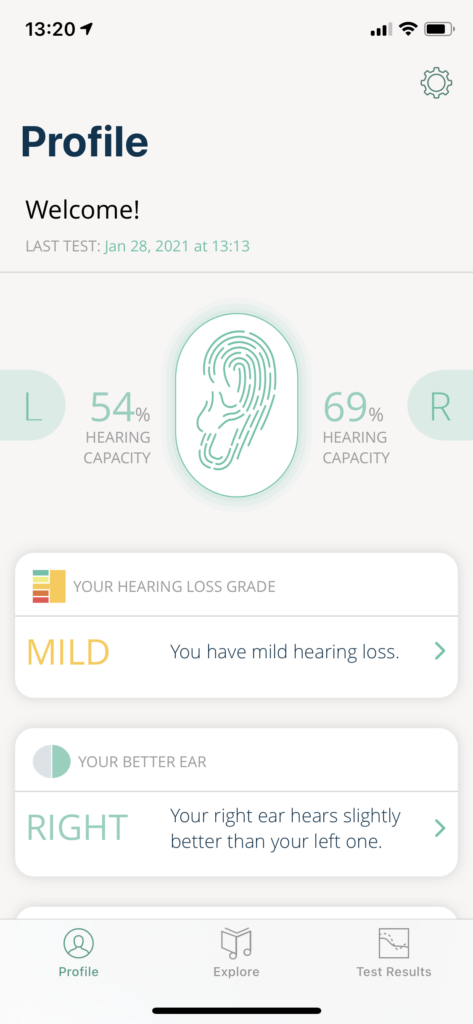Normally I like to make these amusing little bon mots tightly focussed on macOS and iOS integrations, tips and tricks, but this one is… a little different.
Instead of talking about macOS, I’d like to talk about Izzy Stradlin. If you can’t immediately picture Izzy (maybe you weren’t paying attention to the rock charts in the late eighties), then he’s this guy:
Still not ringing any bells? Okay, I can see that. That’s fair – sad, and makes me feel very, very old, but fair. You might know him as this guy:
Izzy Stradlin was the rhythm guitarist, sometime vocalist, and a primary song-writer for Guns N’ Roses – a band that I loved with a rare and utter abandon back in 1988. This is not something I feel I have to defend as a foolish whim of youth; “Appetite for Destruction” is a perfect album and if anyone would tell me otherwise then that person would no longer be my friend and there is an additional statistically decent chance that we would – in due course – result to fisticuffs. There may even be a donnybrook.
Later Guns N’ Roses got pretty wobbly (quality and production-wise), but this album remains flawless because it was recorded by brilliant engineers who had the wisdom to embrace a stripped-down approach; to whit, put Axl Rose in the middle where he could growl and scream and wail at the world, have Slash on lead guitars on the right channel and Izzy playing his distinctive, borderline unnecessarily-choppy and bonkers-aggressive rhythm on the left channel.
Izzy left the band in the early nineties and went on to make a lot of solo records that I justifiably rave about because they are universally excellent, but one day in 2010 he disappeared from my life.
Okay, that’s a little dramatic. He didn’t disappear – as far as I know he’s living somewhere outside Ojai doing… whatever semi-retired rock stars do, and good luck to him. No, I mean that about the time that he put out his last solo record and steadily retreated from the world he also steadily retreated from my left ear, and has remained gone for the last decade.
I am forty-seven years old. There are things that you don’t imagine about being forty-seven that sort of creep up on you without noticing. My back never really completely healed after falling off a horse (my own damn fault) about eighteen years ago. My left knee made a sort of “popping” sound one day while hiking back circa 2014, and at the time I looked at it with a quizzical expression and thought “Huh. Well. That can’t be good.” (Spoiler: it wasn’t.)
Bits of you slow down and stop working and generally you degrade in both small and large ways, and while this is something you entirely expect (because you have no illusions about the predations of time and are not an idiot in that regard), it’s one thing in the abstract to understand that you’re not going to be springing out of bed in fighting form in your middle-aged years and another to wake up one day with the dim realization that this is more difficult than it used to be, that dim realization calcified in your mind as much as in your calcified joints.
And really, I’m not complaining. These are table stakes for seeing another day – they are the price we pay for the stuff we did thirty years ago, and I think most people are happy to pay it if that means that you got to drink and dance and spend your weekends headbanging like a maniac to “Welcome to The Jungle” in a lot of now-long-defunct rock clubs. These were good times – and I’d do them all over again except that I now look like my Dad, can’t pull off the long-hair look, and mosh-pits are probably all COVID hot zones these days. Some things are better left in the past; you just have to embrace the moments gone by and let them go. Take what they give you, and move on with your life.
Unfortunately, what those experiences mostly gave me was hearing damage, which brings me on to Mimi Hearing Test.
Mimi is a free download from the App Store, and in conjunction with the Accessibility options in iOS it can mitigate some of your possible hearing loss – at least, for phone calls and audio played through the iPhone. It creates a custom audiogram that you can point Accessibilty at, and in turn Accessibilty will run audio through that audiogram so that frequencies that you may be lacking are boosted. The overall effect of this is that – at least in my personal experience – I can now hear Izzy Stradlin again in my left ear for the first time since late 2010.
Here’s how set it up. First, download the app from the iOS App Store and install it on your phone. Then open it. I doubt these are controversial steps. On opening the app you’ll see the following:
Find a quiet place in your abode to sit while you run the thing. It’s going to test your hearing, so try and ensure that there’s the least ambient or environmental noise possible. I sat in a dark closet at the furthest end of the house from everyone else. This worked well, but I have no knowledge of the particulars of your domestic environment so choose your own spot. No, you can’t use my closet. That would be weird. Hit “Continue”, and you’ll be prompted to connect and select your headphones. Mimi seems to be designed with certain headphones in mind (both in and over ear), but as one of the pre-ordained options is for Apple AirPods (and they’re my ear sticks of choice) I opted for that.
Dial the volume on your phone to 50%:
And then begin the test:
This took me a couple of tries – fortunately you can re-do a bad test. The idea is that you tap the “I can hear it” button whenever you hear a sound in each ear, and then release the button as soon as that sounds goes away. Each ear is tested with a range of frequencies for a couple of minutes, and this quickly becomes annoying when the sounds of your own breathing conflict with the almost-inaudible sonic whines you’re trying to pay attention to. Once you’re done you’ll get the results, which in my case look something like this:
This wasn’t what I’d call something I was happy about, but it tracked with what I knew already; any audio I’d play with any headphones was always substantially quieter in my left ear, and there are only so many pairs of headphones you can go through before you have to admit that they can’t all be bad on one side and that you, in fact, are bad on one side. So, while it’s jarring to have confirmation of your own failing senses, we’re better off moving on to the fixing-it bit, right? Right.
To do that, open up the Settings app on your iPhone, click on Accessibility, and then scroll down to tap on Audio/Visual:
Toggle on Headphone Accommodations:

…and then hit “Continue”. All things being equal you’ll see an option for Audiograms that you can select and use:
Finally, you’re presented with the Recommended Settings screen, which is really just an excuse for the phone to show off how good (or bad) the custom setup you’ve made is compared to the standard. Make sure you’ve selected “Custom” and then “Use Audiogram”:
The difference is jarring. But in a good way. Each time you run the Mimi app you can create a new Audiogram – and what I’ve shown above is a bit of a cheat because it’s actually my third attempt (I fat-fingered the first one, the second one was impacted by having a plane fly overhead and the resulting audiogram made everything hopelessly distorted), so you may want to tinker a little to get to the optimum experience.
Having the hearing of a thirty-seven year old doesn’t sound like a game-changer unless you’re a forty-seven year-old. Although, come to mention it, the only way that I’d know for sure how effective this is would be to go and dig further back through my music catalog and break out some of the stuff I was listening to in the early 2000’s – and that’s a potential chamber of musical abominations that I’m largely glad I’ve left behind. For now I’m just happy to have Izzy Stradlin back where he belongs, buzzing away in my left ear like a bizarre, insanely, gleefully infectious reminder that the past isn’t necessarily always as far away as we imagine it to be.











This is amazing information – I am off to find my equivalent of a dark closet and find out how my youth has ruined my mid life hearing and then get Apple to patch it up as much as possible!
Thank you so much
So update….
Incredibly as someone who (when not at home for COVID reasons) works at concerts for a living, I have 85% and 87% of my hearing, respectively!! This is worse than 78% of people my age, so nothing stupendous.
I have added audiograms to my ears and suddenly there is a whole lot of music that I wasn’t getting.
I have a set of NuraPhones which are great and perform their own ear tests but are less convenient than EarPods, as well as less acceptable on video calls, etc – now I can hear things better more of the time!
Huzzah! I’ve become a huge fan of hearing more things of late. The downside is that now my nearest and dearest have cottoned onto the fact that I’m hard of hearing in my left ear and are constantly formulating “amusing” pranks along those lines…